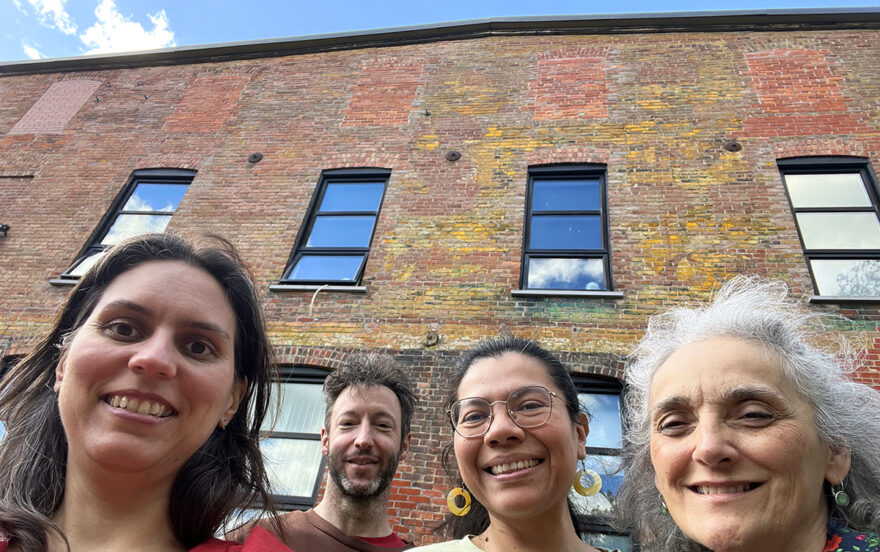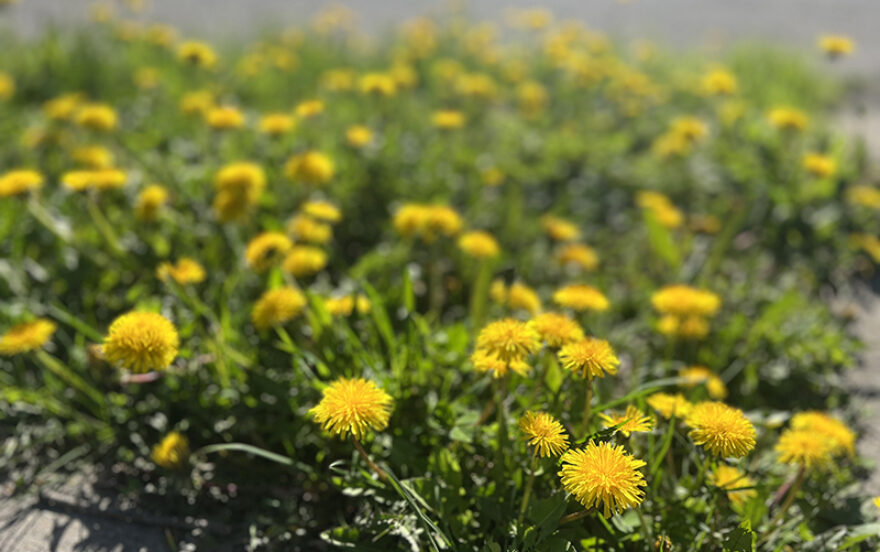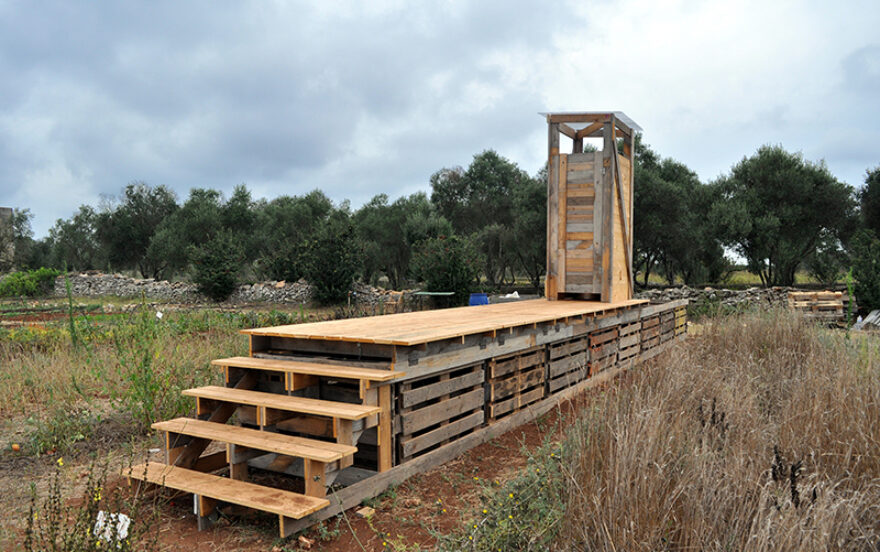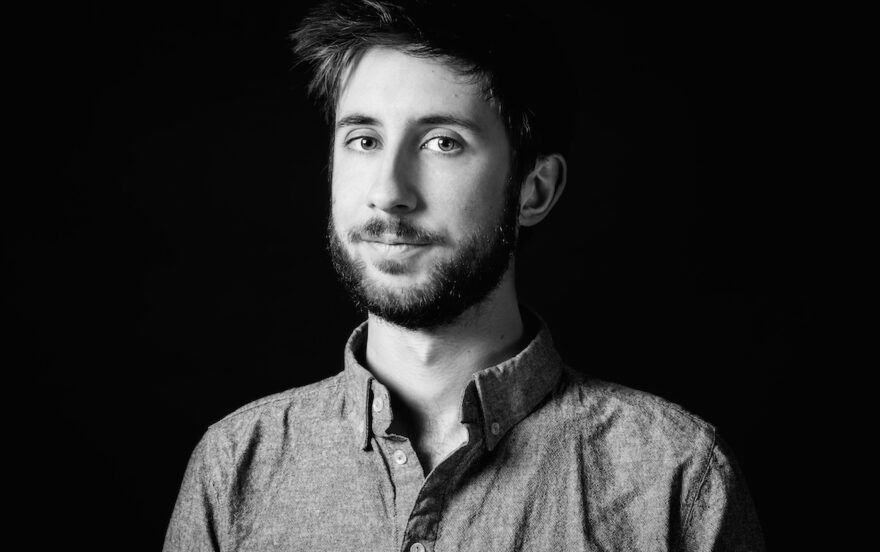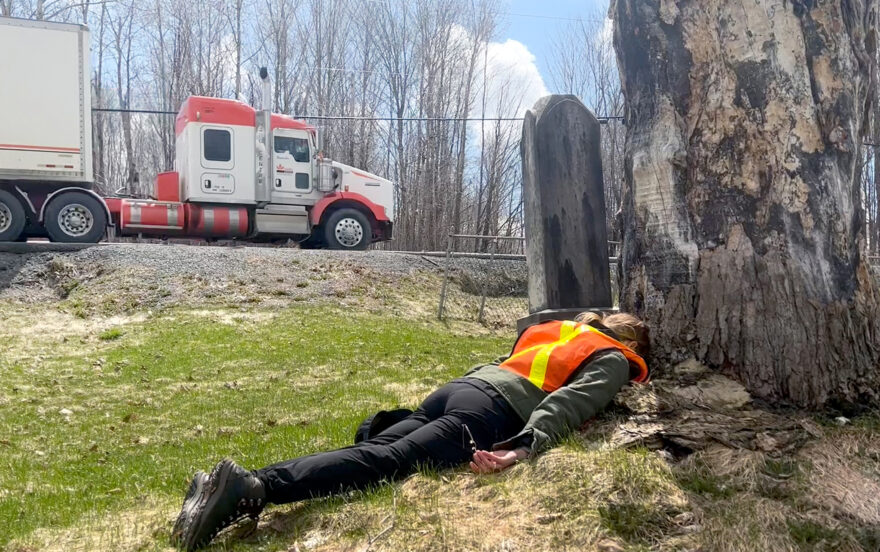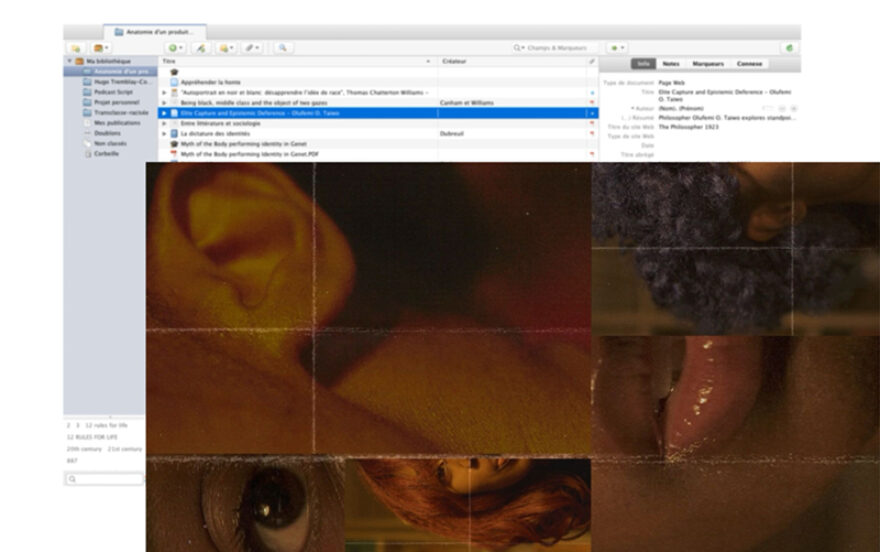
Dardia Garcelle Joseph alias DADA en résidence de prospection
Résidence — Artiste

Salima Punjani en résidence de coproduction
Résidence — Artiste
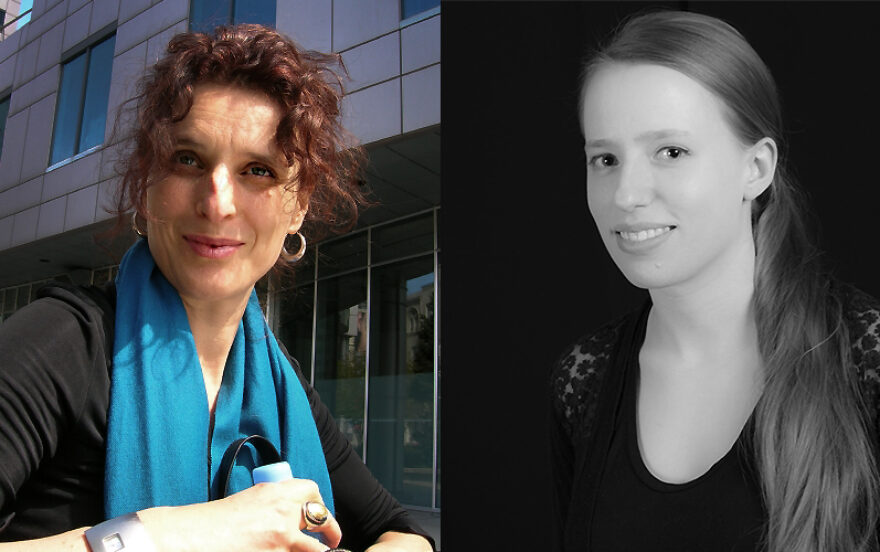
Anne Bénichou et Lisa Bouraly explorent les archives du 3e impérial
Résidence — Auteur·e/chercheur·e
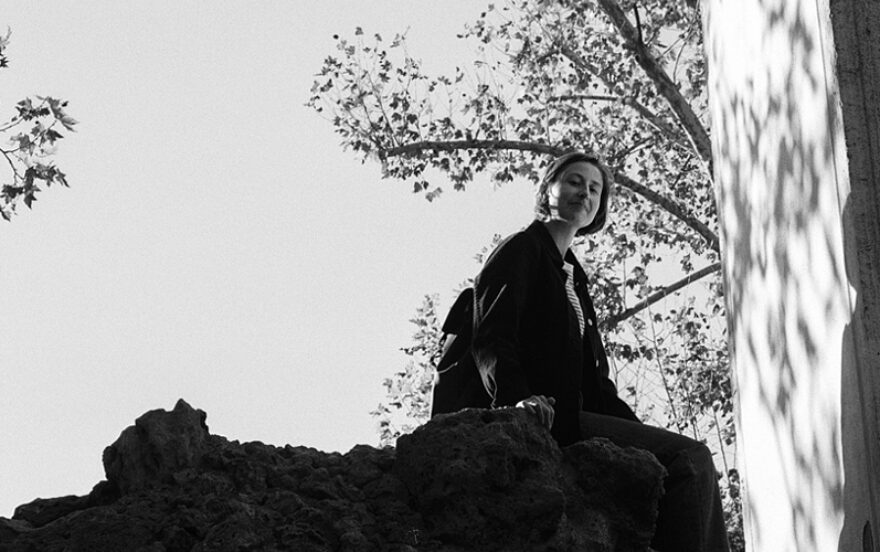
Marie-Ève Leclerc-Parker en résidence de recherche
Résidence — Auteur·e/chercheur·e
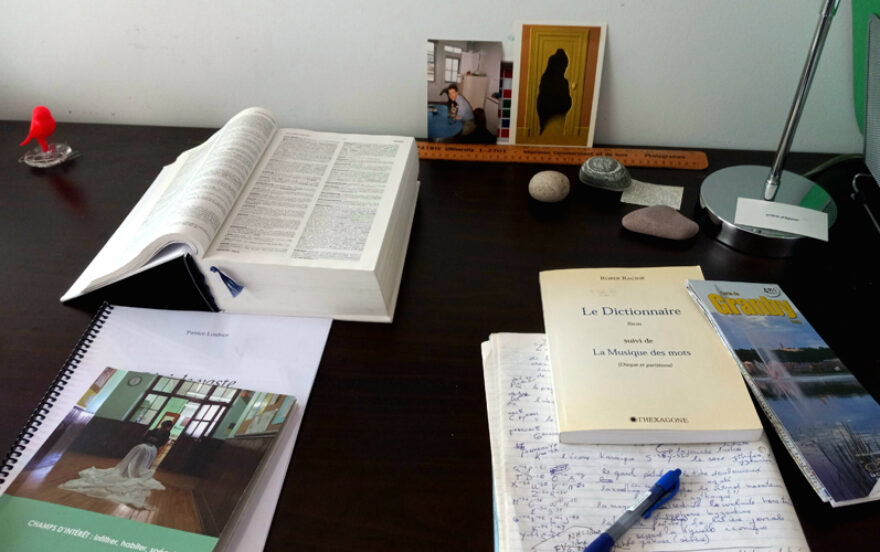
Patrice Loubier en résidence de recherche
Résidence — Auteur·e/chercheur·e
exploring other ways of inhabiting reality
Founded in 1984, 3e impérial, centre d’essai en art actuel is an artist-run centre dedicated to exploring the potential of contemporary art in everyday spaces and non-art locations. Its activities—research, creation, production, dissemination, publishing, discussion forums—revolve around a program of artist and research residencies in infiltration-based art. They seek to nourish the relationship between artists and the public by highlighting the links between artistic practice, public space, and social engagement; they are based on collaboration and the gathering of knowledge and experience to support and implement public art projects that infuse and diffuse themselves within specific territorial and human conditions.
Thanks to diligent documentation, projects supported by 3e impérial are now accessible on our website, bringing together more than 35 years of textual and visual archives.
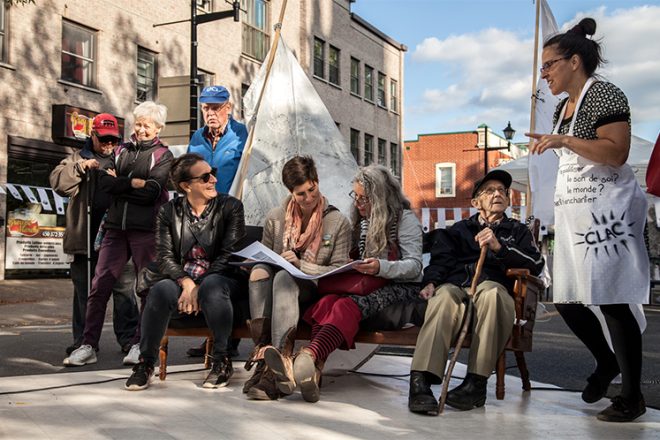
Inhabiting
Located on the ancestral territory of the W8banakiak, 3e imperial is located in Granby, on the 3rd floor of the former Imperial Tobacco factory, on the banks of the Yamaska river. The centre offers long-term creative residencies, therefore optimising the process of implementing infiltration-based art practices and fostering relationships with the local area and its social space. Inhabiting enables artists to invest in creative areas that are made accessible through frequent, long-term involvement.
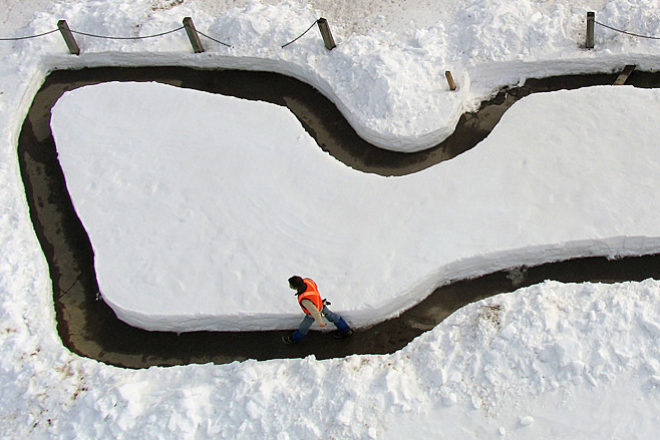
Exploring
Art infiltration practices set action—in situ and in socius—in a constantly changing heterogeneous environment, locating the work in the present—art/life, art/everyday. Building on an approach that combines diffusion with infusion, where the process is the work, these practices penetrate the social body’s sensitive zones, whether they be micro-landscapes, or vast urban or rural panoramas. In keeping with 3e impérial’s process, they constitute an evolving field of exploration through which artist residency projects and collective projects help inflect and enrich our ways of working and push the boundaries of the relationship between art and audiences.
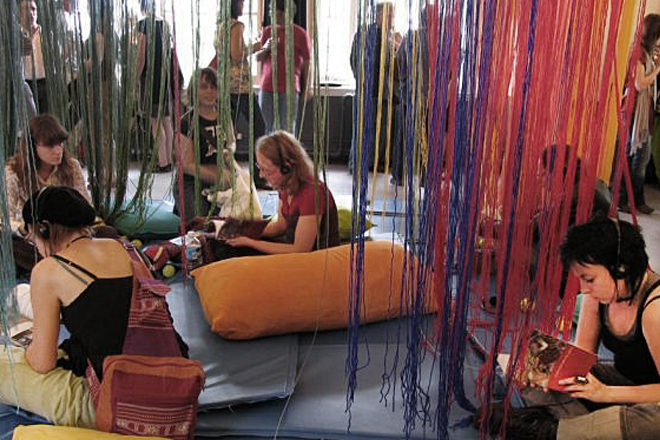
Sharing
Building alliances founded on mutual engagement, ethics, rigour, and conviviality… Coproduction, collaborative work and bringing people together are at the heart of our mission. Residencies for artists, writers and researchers form bodies of work that are interrelated by multi-year exploration cycles. These cycles constitute a common space that combines praxis and critical reflection and generates different forms of sharing through public forums, publications, videos, and the web.
The myriad professional (artists’) and popular (residents’ socio-aesthetic aptitudes) strategies and tactics, employed in a bid to infiltrate and inhabit a common space, generate as many possibilities, divert subjects and command a continual readjustment of positions. […] This is where the actors put themselves at risk in a constant adjustment of their relations, from a distance or at close range, in dealing with circumstances, possibilities and contingencies. […] The speculative dimension also conveys a sense of openness in contemporary-art projects. One knows neither how, nor how long, what is generated in vivo will remain extant. It is pure speculation…
Julie Boivin, The Ontology of Territory, dans Champs d’intérêt: infiltrer, habiter, spéculer [III], 3e impérial, centre d’essai en art actuel, 2012.
